A radical socialist, Steinmetz was on the verge of finishing a Ph.D. from the University of Breslau when he was forced to flee the country in 1888 for writing a paper strongly criticising the German government of the time. In 1889 Steinmetz emigrated to the US, changing upon entry his first name to 'Charles' and his middle name to 'Proteus' - a nickname which perhaps referenced his proclivity for the sciences and desire to alter his own form (after the character from Greek mythology).
Whatever the case, Steinmetz quickly acquired a job working for Rudolf Eickemeyer in Yonkers, New York, and gradually gave up his socialist dreams as he became a part of big industry in the US. Earning worldwide recognition for his work in the field of magnetic hysteresis, Steinmetz caught the attention of Thomas Edison, who coveted the dwarf's genius and bought Eickemeyer's company, along with all of its patents, designs and personnel in 1893. Steinmetz was now the star of Edison's newly formed General Electric Company, where he earned the nicknames "Forger of Thunderbolts" and "The Wizard of Schenectady," where GE was based.
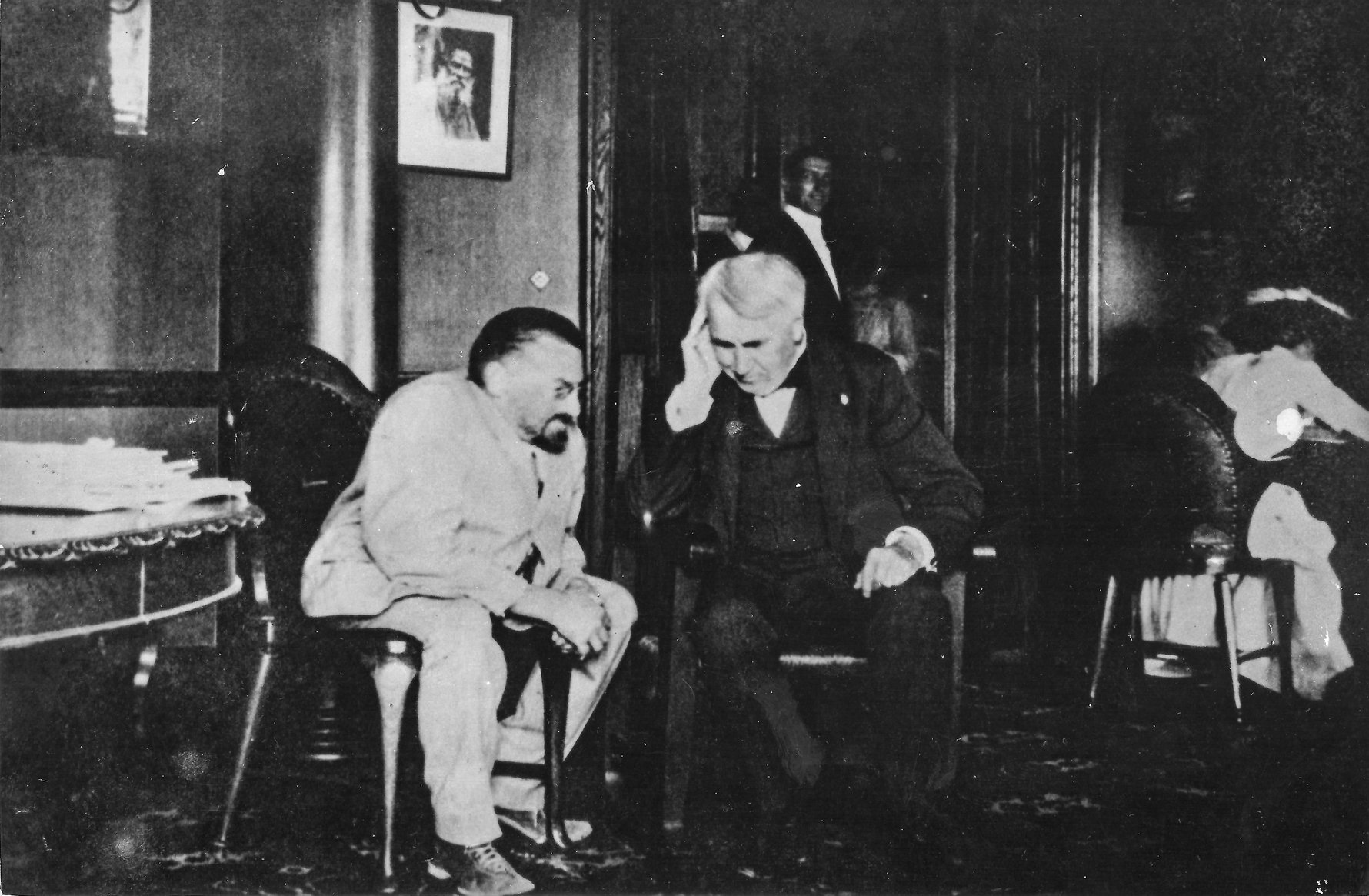
The most famous Steinmetz story relates to an incident after he’d left General Electric. The company was having immense problems operating a new system that simply wouldn’t work. Steinmetz was called in as a consultant and instantly found the problem, marking it with a piece of chalk. For his labours he submitted an invoice for $10,000 USD, itemised as "1) Making chalk mark $1, and 2) Knowing where to place it $9,999."
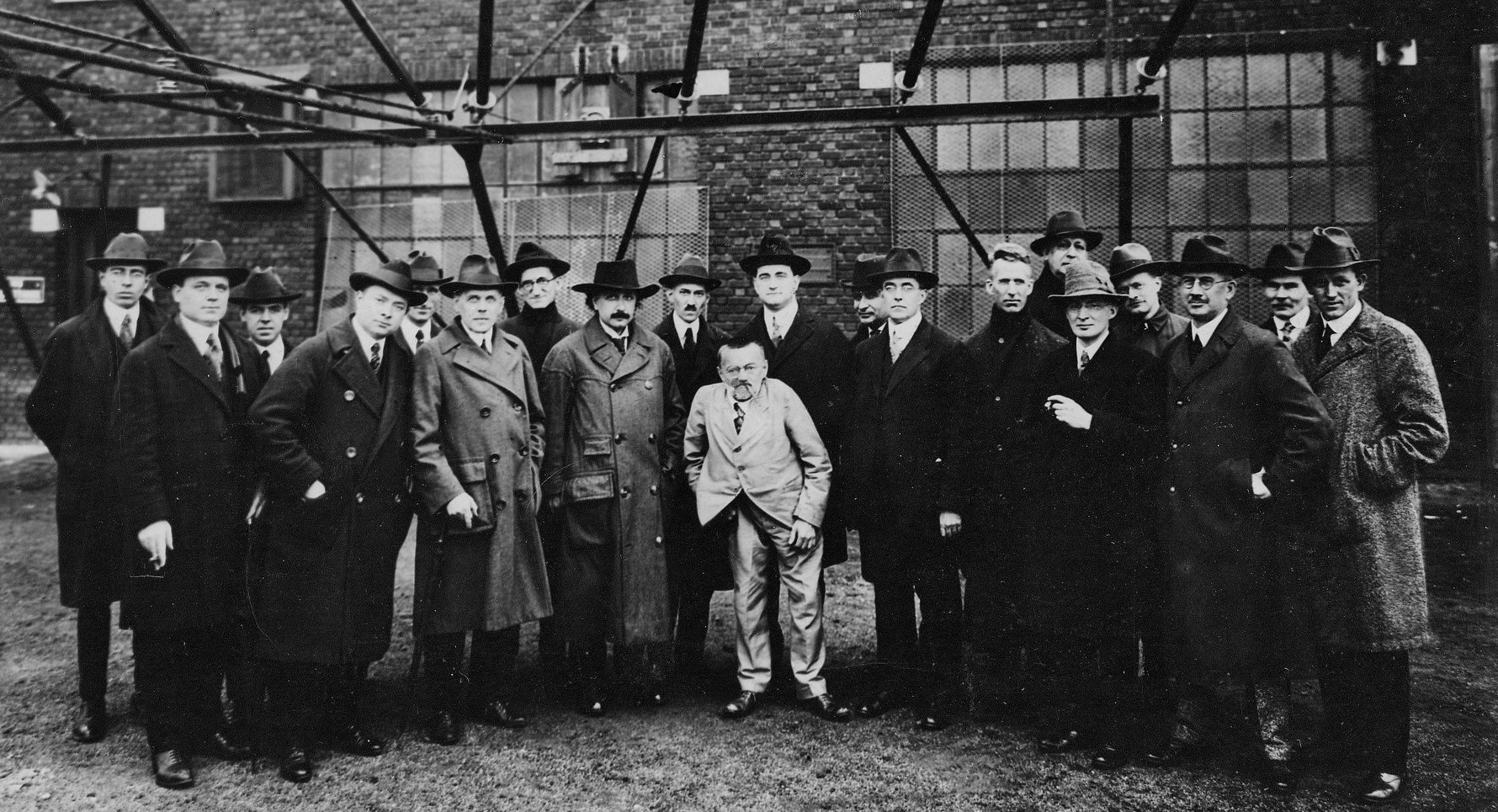
Steinmetz also dedicated his service to social causes, including a six-year stint as President of Schenectady’s Board of Education, introducing numerous reforms, and as a member of Schenectady's City Council. He also founded America's first glider club, though non of his prototypes achieved any significant success.
Not one to let his physical disabilities get in the way of a good and worthy life, the cigar-smoking dwarf was a constant entertainer, cooking meals for a never-ending stream of guests to his house and filling it with pet crows, squirrels, racoons, cranes, dogs and a pet monkey named Jenny. A keen lover of the great outdoors, our hero built his own campsite and was often seen being rowed up and down the Mohawk River doing mathematical calculations in a tiny canoe he’d had specially adapted into an office (a riveting extract from his diary of the time reads, ‘It was a hot sunny day with almost no wind, and I sat in the sun and calculated instances of condenser discharge through an asymmetrical gas circuit.’).
Wary of passing on his genetic deformities (which he shared with his father and grandfather), Steinmetz never married or had children, but he did create a warm family life for himself via a unique father-son relationship with one of his lab assistants, Joseph Le Roy Hayden. When Hayden expressed that he was looking for a place to live with his new bride, Steinmetz proposed the newlyweds move into his large home. Though sceptical of the odd arrangement, Hayden's wife eventually agreed and the couple went on to have three children who were all raised in the home with 'Grandpa Proteus.' Steinmetz officially adopted Joseph Hayden as his son, in fact, and the family lived harmoniously together until his passing.
After his death at age 58, former US President Herbert Hoover headed a committee to raise $25,000 USD to purchase Steinmetz’s house and convert it into a museum. The money was duly raised, but the city and state couldn’t agree on the responsibility for restoring it. The house was sadly demolished in 1938, destroying the chance at a living legacy for one of life’s more inspiring characters. The next time you switch on the bedside lamp to tuck into the latest In Your Pocket guide, however, spare a thought for Steinmetz and the little people in life who’ve made such a difference to us all. And remember, it all started in Wrocław/Breslau.



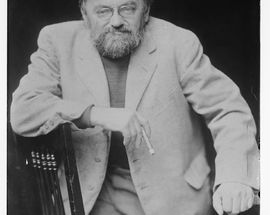
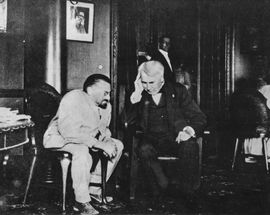
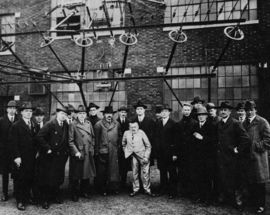



Comments